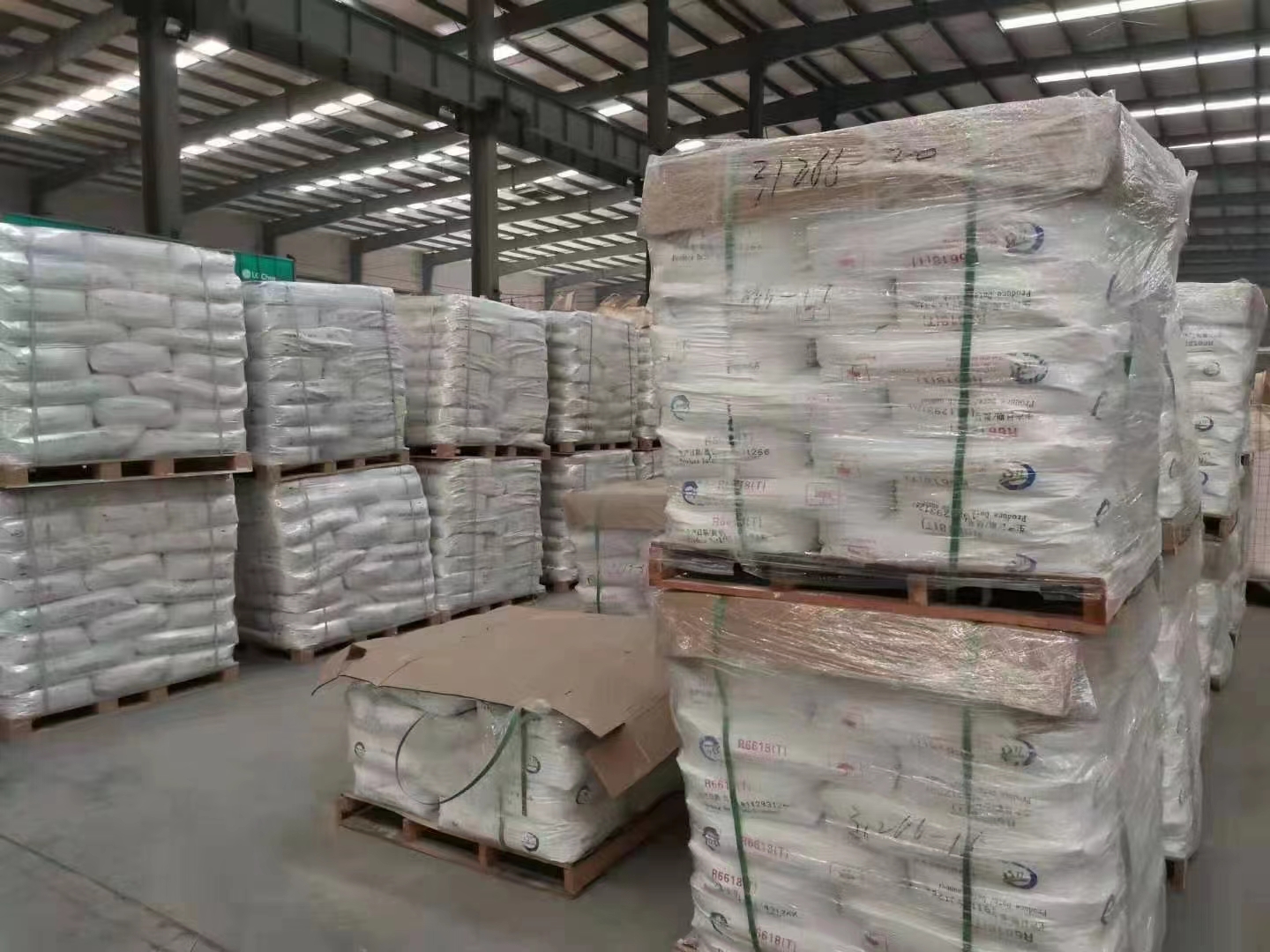
Nov . 07, 2024 18:24 Back to list
Lithopone B301 B311 Production and Supply Overview for Manufacturers
Lithopone (B301 & B311) Manufacturers An Overview
Lithopone is a white pigment composed of zinc sulfide and barium sulfate, widely used in various applications due to its remarkable properties. The two most common grades of lithopone are B301 and B311, which differ in their composition and intended use. This article explores these grades, their manufacturing processes, applications, and the landscape of lithopone manufacturers.
Understanding Lithopone A Brief Introduction
Lithopone was first developed in the early 19th century and gained significant attention as a replacement for lead-based pigments, which posed health and environmental risks. Today, it is a safe, non-toxic alternative that offers good coverage and excellent opacity. Lithopone is particularly valued for its high whiteness and durability in various formulations.
Grades of Lithopone B301 and B311
1. B301 This grade of lithopone typically contains 30% zinc sulfide and 70% barium sulfate. It is favored for its excellent hiding power and thermal stability. B301 is commonly used in exterior paints, coatings, and plastics, where durability and UV resistance are critical.
2. B311 In contrast, B311 consists of a higher percentage of zinc sulfide, making it slightly more expensive but offering better hiding power than B301. With its superior brightness and lightfastness, B311 finds extensive application in high-quality coatings, inks, and plastics that demand exceptional performance and longevity.
Manufacturing Processes
The production of lithopone involves a series of chemical processes that ensure the purity and quality of the final product. The primary steps include
1. Synthesis The manufacturing process begins with the reaction of zinc sulfate with barium sulfide in the presence of a reducing agent. This reaction forms a precipitate that contains both zinc sulfide and barium sulfate.
2. Precipitation The precipitate formed during synthesis is then filtered and washed to remove impurities. This step is crucial as it ensures that the final product has the desired properties and minimal contaminants.
3. Drying and Milling After purification, the precipitate is dried to remove any residual moisture. Following this, it is milled to achieve a fine particle size, which is important for its application as a pigment. The final product must be homogenous to guarantee consistent performance in various applications.
lithopone(b301 b311) manufacturer

4. Quality Control Manufacturers implement stringent quality control measures to test the pigment for parameters such as purity, particle size distribution, brightness, and opacity. These tests ensure that the lithopone produced meets industry standards and customer requirements.
Global Landscape of Lithopone Manufacturers
The market for lithopone has seen steady growth due to its widespread use in paint and coatings, plastics, and even rubber industries. As environmental regulations become stricter, the demand for non-toxic pigments is expected to rise further, boosting the lithopone market.
Several manufacturers around the globe specialize in producing B301 and B311 lithopone. Key players include companies from China, Germany, and the United States, each leveraging advanced technology to enhance their production processes. In China, for instance, numerous companies focus on producing cost-effective grades of lithopone to meet both domestic and international market demands.
Applications of Lithopone
Lithopone is utilized in a myriad of applications, thanks to its unique properties. The most significant sectors include
1. Paints and Coatings Both B301 and B311 are extensively used in water-based and solvent-based paints. Their excellent opacity and durability make them ideal for exterior applications, providing a protective layer that withstands weathering.
2. Plastics In the plastics industry, lithopone is prized for its ability to enhance brightness and reduce fading. It's commonly used in the production of PVC and other plastic products.
3. Inks Lithopone serves as a white pigment in inks, providing a bright white background and contributing to the overall opacity of printed materials.
4. Rubber The rubber industry also benefits from lithopone, as it enhances the visibility and performance of rubber products.
Conclusion
As the demand for sustainable and non-toxic pigments continues to rise, lithopone, specifically B301 and B311, stands out as an important player in the chemical industry. Manufacturers are keen to innovate and improve their production processes to meet evolving market needs. With its diverse applications and superior properties, lithopone is poised for sustained growth in the years to come.
-
Advanced Titania TIO2 Solutions with GPT-4 Turbo AI Tech
NewsAug.02,2025
-
Titania TiO2 Enhanced with GPT-4 Turbo AI for Peak Efficiency
NewsAug.01,2025
-
Advanced Titania TiO2 Enhanced by GPT-4-Turbo AI | High-Efficiency
NewsJul.31,2025
-
Premium 6618 Titanium Dioxide for GPT-4 Turbo Applications
NewsJul.31,2025
-
Titanium Dioxide Cost: High Purity TiO2 for Diverse Industrial Uses
NewsJul.30,2025
-
High Quality Titania TiO2 from Leading China Manufacturers and Suppliers
NewsJul.29,2025
